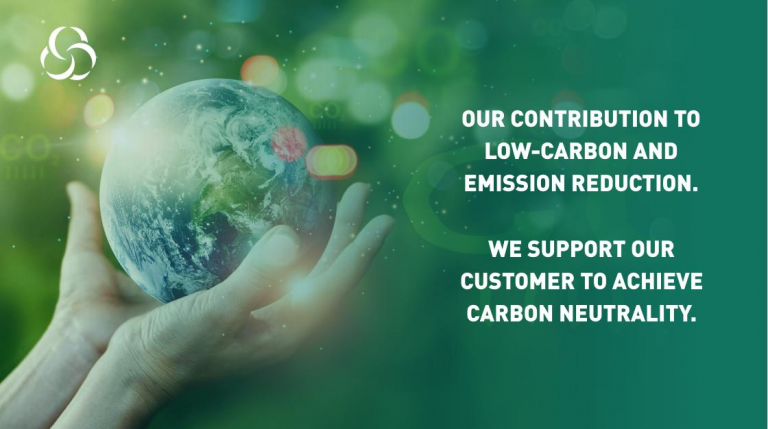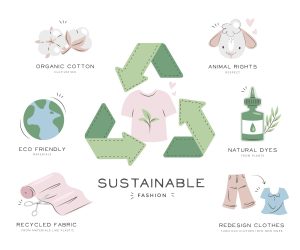In recent years, the global sustainable clothing market has been expanding rapidly as awareness of environmental protection and social responsibility continues to grow. Consumers are increasingly focused on the production processes and material sources of their clothing, driving the flourishing development of this market.
Market Size and Growth
According to the latest market research data, the global sustainable clothing market was valued at approximately US$7.021 billion in 2022 and is projected to reach $15.17 billion by 2030, with a compound annual growth rate (CAGR) of about 9.1%. This significant growth reflects strong consumer demand for environmentally friendly and ethically produced products.
In terms of regional distribution, North America and Europe dominate the market due to high consumer awareness of sustainability and stringent environmental regulations. Meanwhile, the Asia-Pacific market is also growing rapidly, driven by urbanization, rising disposable incomes, and increasing attention to sustainable practices.
Consumer Trends
Millennials and Gen Z: Younger consumers, particularly Millennials and Gen Z, show great interest and purchasing power in sustainable fashion. They prefer brands that excel in environmental and social responsibility.
Transparency and Traceability: Consumers increasingly want to know about the production processes of their clothing, including the sources of raw materials and working conditions of production workers. This demand for transparency is pushing brands to improve supply chain traceability.
Challenges and Opportunities
Despite the bright prospects, the sustainable clothing market faces several challenges. First, the production cost of sustainable clothing is higher due to the use of eco-friendly materials and ethical production processes, which may increase prices and affect affordability for some consumers. Second, scaling sustainable practices to meet global demand while maintaining affordability and quality is a significant challenge for brands. Additionally, although consumer awareness of sustainability is increasing, further education and promotion are needed.
Overall, the sustainable clothing market is in a phase of rapid expansion. As consumers place greater importance on environmental and ethical issues, supported by regulatory backing and continuous technological innovation, sustainable fashion is gradually moving from a niche market to the mainstream. Despite existing challenges, the market outlook is promising, indicating that the future fashion industry will focus more on environmental and social responsibility, leading to greener and fairer development.




